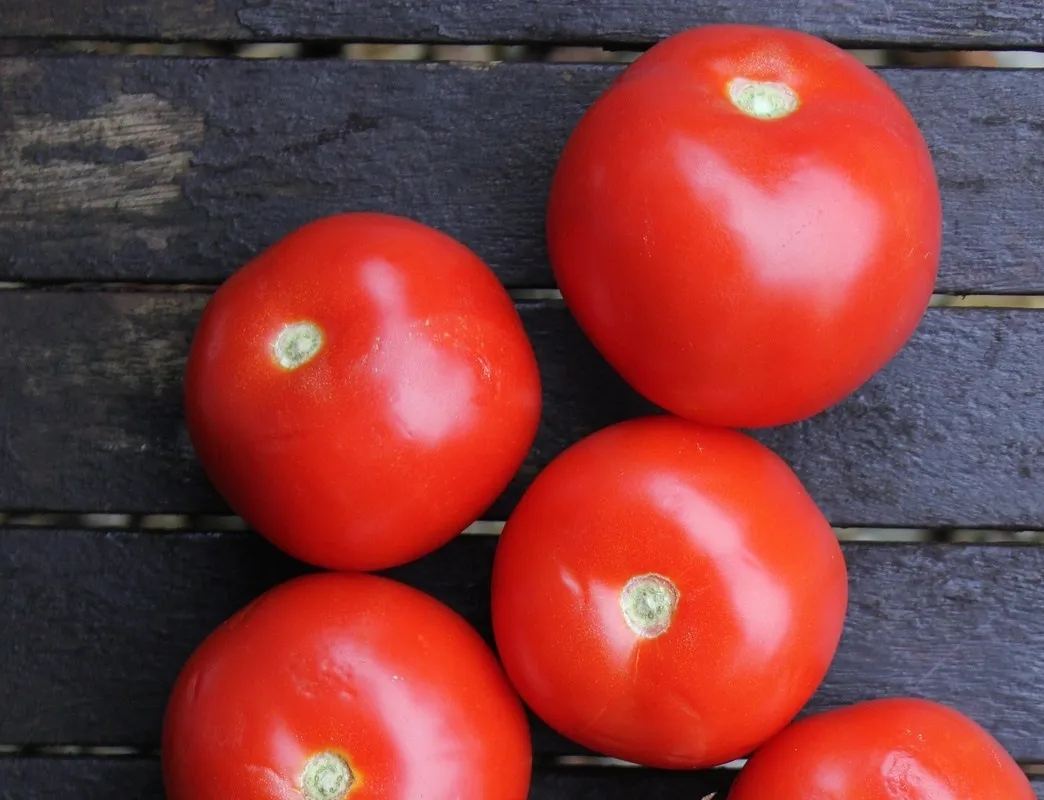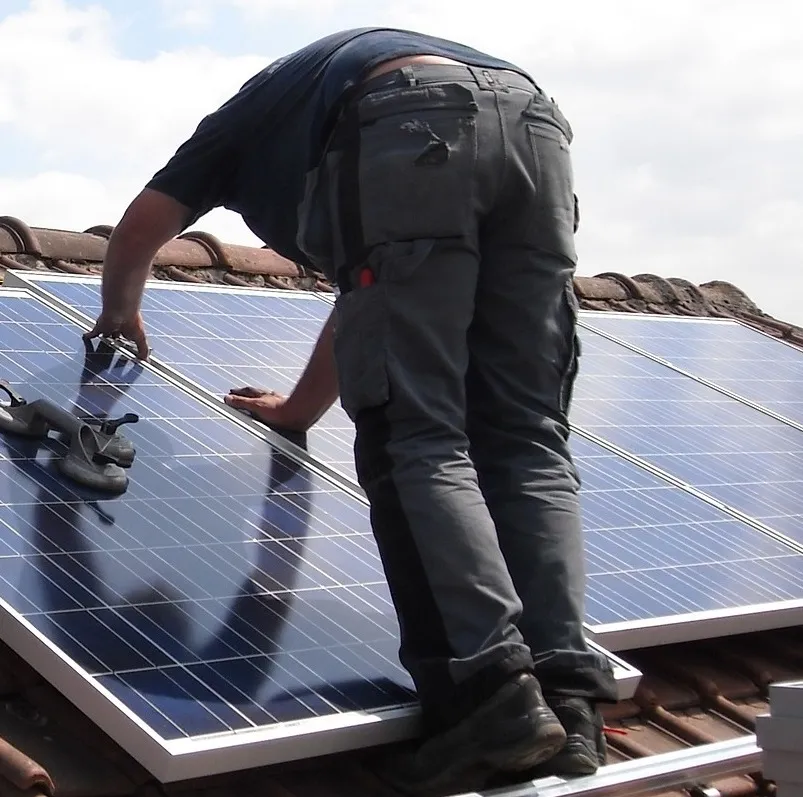
A Fleet resident shares his story
For Hart resident Kevin, making the switch to a more sustainable lifestyle has been a “no-brainer”.
He’s made simple changes to reduce his carbon footprint over the last few years. They include travelling by bike, insulating his home and buying second-hand clothes. He does his bit for biodiversity by keeping bees.
Kevin says these changes are “Good for me, good for the environment and good for future generations”.

Personal choices
Kevin and his family have reduced the amount of meat and dairy in their diet and eat at least two veggie meals every week.
About 58% of global food emissions come from animal products, so it makes environmental sense to cut back.
He’s a regular visitor to charity shops, where you can find quality clothes at low prices. Apart from saving money, this is great for the environment.
A 2021 study found that clothing has the fourth largest environmental impact after transport, housing and food.
His cycling began in earnest during the pandemic when he got into the habit of travelling to the shops by bike. “It’s made me fitter and it’s cut my carbon footprint,” he says. “I have excellent panniers [cycle bags] which hold plenty of shopping”. It’s a sustainable form of transport that doesn’t need to be expensive: Kevin’s bike was recycled from the tip!
And he’s changed his travel habits by reluctantly stopping the cruise trips his family used to love. “The carbon footprint for a cruise is just too great,” he says. “Fortunately we can still have a lot of fun with holidays in the UK.”
Changes in the home
Kevin took advantage of a government grant to get roof and cavity-wall insulation.
This means his house is warmer in winter and cooler in hot weather. Around 22% of carbon emissions in the UK come from our homes, so if everyone upgraded their insulation if would make a big difference.
He tuned up his heating system by having valves fitted to every radiator. Those in living areas are fully on, but in other rooms are turned down to save energy.
He cut his energy consumption massively by having solar panels installed seven years ago.
A typical UK home solar-panels system could save one tonne of carbon per year.
The family rarely uses gas from mid-April to mid-September but always has plenty of hot water. They aim to run energy-hungry appliances such as the washing machine in daylight hours. The energy supplier’s standing charge is now the main cost on the monthly bill.
So far, their panels haven’t needed a service or even a wash. But Kevin has advice for anyone thinking of solar panels: have a pigeon guard installed. You’ll need one, he says, and it’s cheaper to get it upfront. When it comes to sustainable living, thinking ahead makes all the difference.


